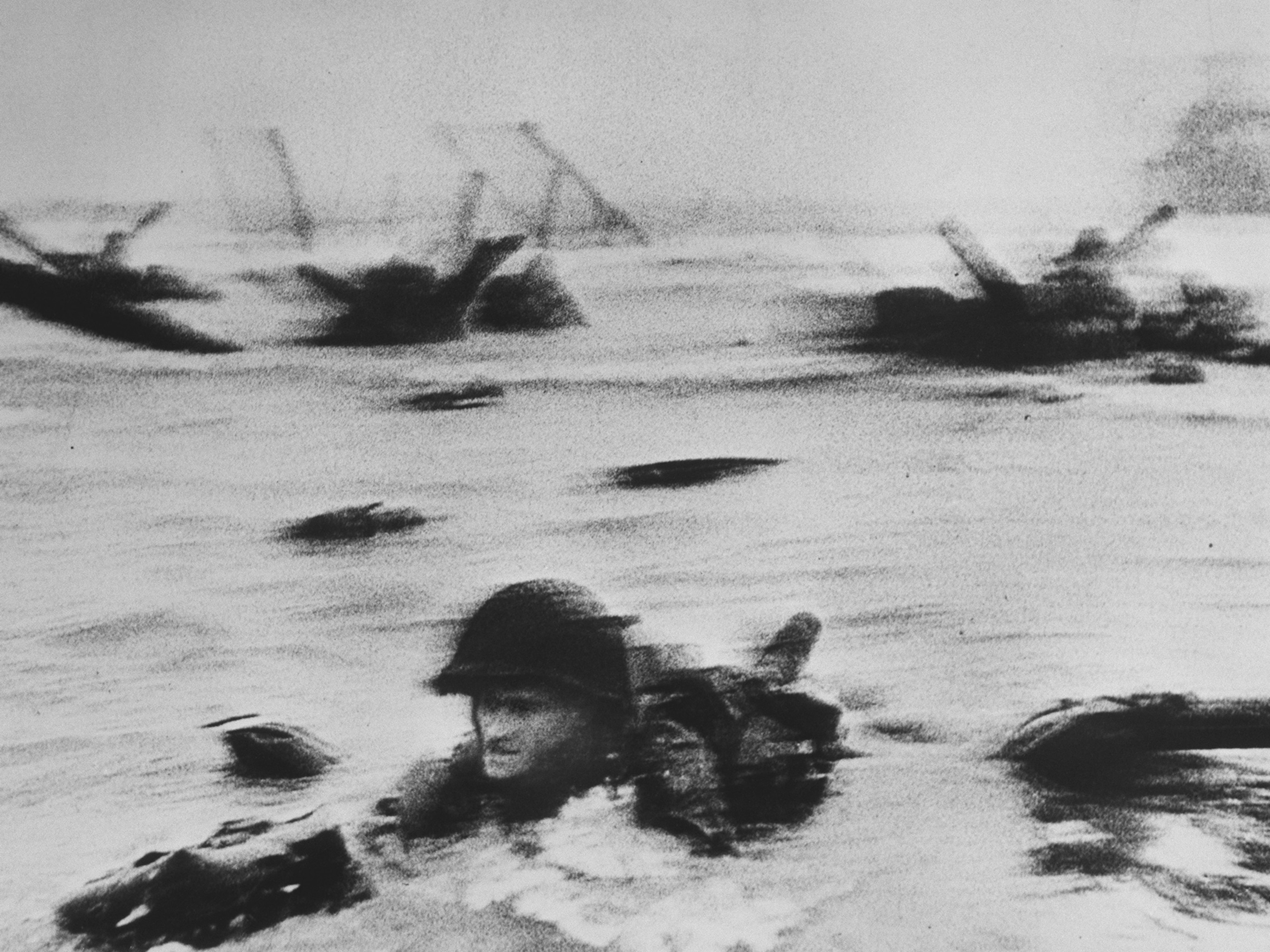
California’s Homeless Find a Quiet Place
On a recent visit to the Sacramento library, the high number of homeless patrons I saw there surprised me.
Seeing them in that quiet space, consumed by traditional media, I was struck by the difference between them and most of society with its 24/7 connection to streaming digital media. I began this project to take myself out of my own patterns and habits, to change my perspective, to observe, to listen, to understand, and to share this place of quiet.


I met a woman, homeless, seated at a desk in the “quiet zone” on the fourth floor. She was looking thoughtfully out the library window and writing in her journal. She had a heavy volume on nursing with her. We talked. She told me how she wanted to get a job in nursing. After our conversation, I studied the library clientele more closely. I found homeless patrons there browsing periodicals, checking email on library computers, and sitting in quiet places reading books.
Being homeless often means living off the mainstream grid, unplugged from the Internet, email, and streaming media. Public libraries provide the homeless with a way to connect, and many homeless say that browsing the stacks and reading a book there eases a weary street-level perspective of life.


Jeffrey Matulich was looking for books by the author Henry Miller when he discovered the work of Kurt Vonnegut. “Sometimes there’s a lot of drama out there in the streets, and it’s nice to have some peace and quiet,” he reflected.
And Edward Rideau went to Sacramento’s main library branch with a title in mind—Statutes and Amendments to the Codes of California. “We need to lobby to amend existing laws to improve our quality of life,” he says.


In 2010 the federal government set forth an ambitious goal to end chronic homelessness by 2015. Numbers have declined, but according to a 2014 HUD report, more than 570,000 people are still without homes in America—and 20 percent of those are in California. Urban libraries fill the void, sheltering the homeless by day.
Cities have responded to homelessness with new codes of public conduct and trespassing ordinances enforced on persons deemed to be disorderly, unkempt, or of foul smell. The San Francisco Public Library has directly addressed the situation—it was the first in the country to add a full-time social worker to its staff. Leah Esguerra reaches out to homeless patrons in the main branch of the library. “Libraries are the last bastion of democracy,” she says.


These pictures of homeless library patrons were made at public libraries in Sacramento, San Jose, and San Francisco, California. My thanks to the patrons for sharing their stories and to the librarians for keeping these institutions open.
Fritz Hoffmann photographed the story “Wasteland,” which was published in the December 2014 issue of National Geographic magazine. You can see more of his work on his website.
*****
On the go? Download Nat Geo View, National Geographic’s new, bite-size daily digest app for the iPhone. Each day editors select Proof posts, as well as our best pictures, stories, and videos, and send them straight to your iPhone. Check out all National Geographic has to offer in an elegant, easy-to-use app you can tap into wherever you are today.





